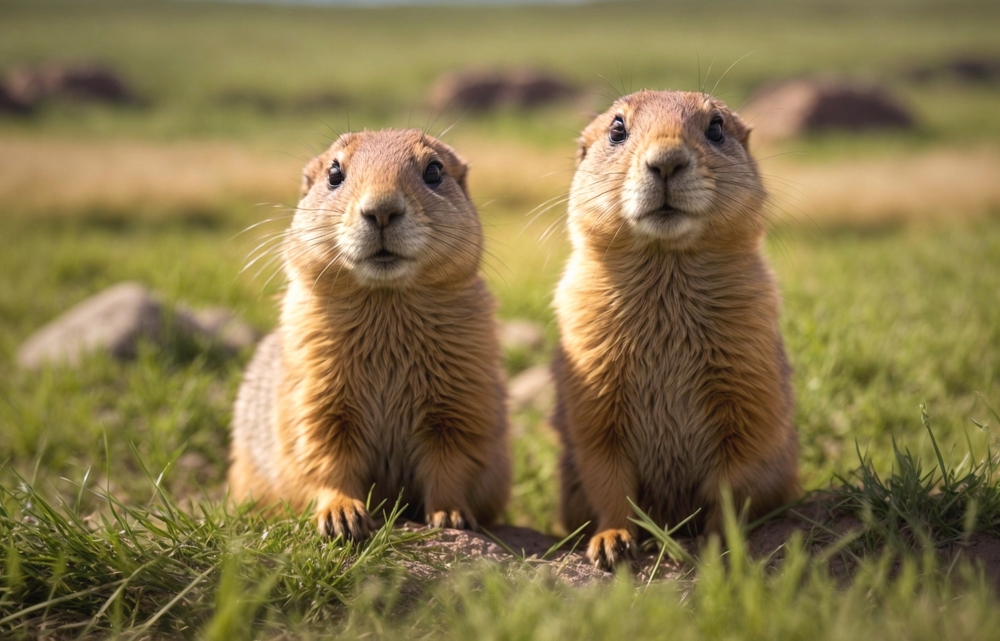Unraveling the Unique Behavior of Prairie Dogs: The Rodent's Social Dynamics and Conservation Efforts
The fascinating world of animals and pets offers a myriad of topics to explore, and today, we delve into the intricate social dynamics of prairie dogs and the conservation efforts that aim to protect these adorable rodents. Prairie dogs, despite the name, are not dogs at all. They are small, burrowing rodents native to the grasslands of North America. They belong to the squirrel family and are named for their habitat and the barking sounds they make. There are five species of prairie dogs, each with unique characteristics, yet they all share a common trait – a complex social structure that rivals that of higher mammals.

The Social Dynamics of Prairie Dogs
Prairie dogs live in communities, called towns, which can span hundreds of acres and consist of numerous families. Each family, known as a coterie, is composed of an adult male, one or more adult females, and their offspring.
Prairie dogs are known for their sophisticated communication system. They have different calls for different predators and can even describe the size, shape, and speed of an approaching threat. Such advanced communication among rodents is a rarity, making prairie dogs an intriguing subject for animal behaviorists.
Conservation Status and Threats
Unfortunately, prairie dogs are considered a pest by many, especially ranchers, who see them as a threat to crops and pastures. This perception has led to widespread eradication efforts, significantly reducing their population. Additionally, urbanization and agriculture have fragmented their habitat, pushing these rodents closer to the brink.
Today, prairie dogs are listed as a species of concern by the U.S. Fish and Wildlife Service. Conservation efforts are underway to protect and preserve these important creatures.
The Role of Prairie Dogs in the Ecosystem
Prairie dogs play a critical role in maintaining the health of the grasslands. Their burrowing activities aerate the soil, allowing water to penetrate deeper, which benefits plant growth. Their towns provide habitat for other species, like burrowing owls, black-footed ferrets, and rattlesnakes. Without prairie dogs, these species would struggle to survive.
Current Conservation Efforts and Their Impact
Conservation efforts for prairie dogs involve habitat restoration, education, and the development of non-lethal control methods. These efforts are showing positive results, with prairie dog populations in some areas beginning to stabilize.
In conclusion, prairie dogs are more than just cute, chubby-cheeked critters. They are a vital cog in the grassland ecosystem with a fascinating social structure. Their conservation, therefore, is not only about preserving a species, but also about maintaining the balance of our natural world.




